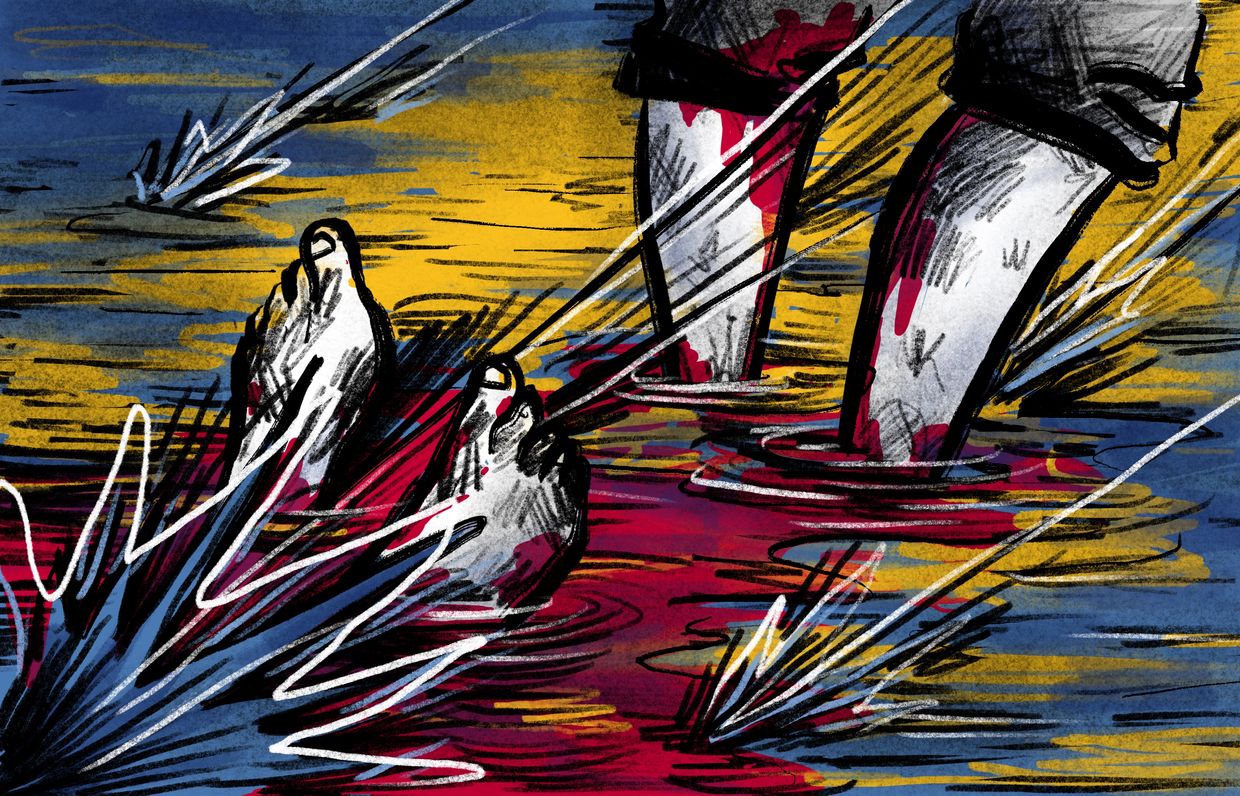Police report bomb threats in educational institutions as learners start new academic year

Editor's note: This news item was updated at 7:50 p.m. local time on Sept. 1. The previous version said that the local authorities hadn't yet published information on the results of a police inspection of Kyiv secondary schools.
Police in Kyiv, Chernivtsi, and Poltava said they had received information on the possible mining of educational institutions on Sept. 1, the first day of the new school year.
According to Education Minister Oksen Lisovy, 500,000 Ukrainian children have been expected to return to offline schooling, starting a second academic year since Russia’s full-scale invasion.
The Kyiv Police started inspecting all secondary schools in the city after getting bomb threat reports, the city administration wrote in the morning. Later, the local authorities reported that the threat was not confirmed.
The Chernivtsi Police received anonymous warnings that the Bukovinian State Medical University and Chernivtsi National University buildings were mined, which was refuted after inspection, Suspilne news outlet reported.
Around 400 people were evacuated from an educational institution in Poltava when law enforcement was examining the building after the institution received a bomb threat report via email, a spokesman of the Poltava district police department told Suspilne. No dangerous objects were found.
Meanwhile, in the western city of Lviv, children began learning to operate drones via an online simulator, Mayor Andrii Sadovyi said. Such lessons are part of the new school subject called Defense of Ukraine.
“I believe that today's schoolchildren will no longer have to fight with evil. But as experience shows, it is better to be prepared,” added Sadovyi.
Russia’s full-scale invasion has destroyed or damaged thousands of schools and prevented over two million students from attending school as normal.
Only a third of children in Ukraine go to school in person, according to UNICEF, citing the latest school enrollment data. Continued Russian attacks mean that a third learn fully online, and another third learn in a hybrid approach.
Educational institutions in areas that are close to hostilities remain shut as schools are often a target for Russian forces.
















